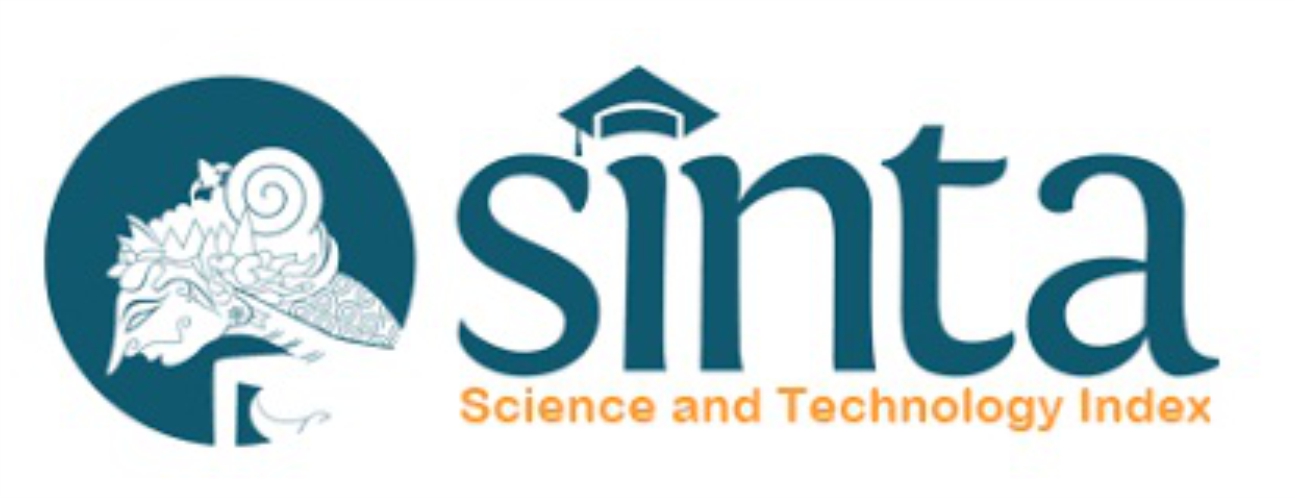ANTICANCER ACTIVITIES AND METABOLITE FINGERPRINTING OF UPLC-QToF-MS/MS METHOD FROM Chrysanthemum cinerariifolium (Trev)
Abstract
Chrysanthemum cinerariifolium (C. cinerariifolium) is an empirically proven medicinal plant that has anticancer activities. This study aimed to profile metabolites, and cytotoxic activity of root, leaf, stem, and root extracts C. cinerariifolium on T47D cells and to determine the correlation of metabolite content with cytotoxic activity. The metabolite profile was carried out using UPLC-QToF-MS / MS, and cytotoxic activity was carried out using the MTT method. The results obtained in the form of a chromatogram were processed with the application Masslynk so that a metabolite profile data obtained. The data is then analyzed statistically using Principal Component Analysis (PCA). The results obtained on metabolite profiling showed that there were differences in metabolite profiles in the roots, stems, leaves, and chrysanthemums. The characteristic compounds in the flower section are D - (-) - Morphine and in the leaf part of genistein and N - [(5-Chloro-1,2,3-thiadiazol-4-yl) methyl] -1- (2-isopropyl-4 -methyl-1,3-thiazol-5-yl) -N-methyl ethanolamine. The major compounds in the roots, stems, and leaves are Orphenadrine with successive percentages of 9.11%, 10.16%, and 3.24%, and the major compounds in the flower section are D - (-) - Morphine with a percentage of 10, 86%. Furthermore, the results of the cytotoxic activity test showed differences in anticancer cytotoxic activity in the parts of the flower, leaf, stem, and root of C. cinerariifolium. Besides, there is a relationship between the metabolite content and anticancer cytotoxic activity of each part of C. cinerariifolium. The higher the level of orphenadrine compounds in the plant, the higher the potential for anticancer.
Keywords: C. cinerariifolium, UPLC-QToF-MS/MS, T47D cells.
Full Text:
PDFReferences
Doyle A, and Griffiths JB. (2000) Cell and Tissue Culture for Medical Research. New York: John Willey and Sons Ltd.
Keputusan Menteri Kesehatan Republik Indonesia (Kemenkes RI). (2015) Situasi Penyakit Kanker. Jakarta: Pusat Data dan Informasi.
Listiyana A, Annisa R, Suryadinata A. 2018. Efek Antikanker dan Induksi Apoptosis bunga krisan (Chrsantemum indicum) Herbal Tea terhadap Sel Kanker Payudara. Laporan Penelitian Lembaga Penelitian dan Pengabdian Kepada Masyarakat
Alviana, N., Sidharta, B. R. dan Martini, T. 2016. Uji Efektivitas Antibakteri Ekstrak Etanol Daun Krisan (Chrysanthemum morifolium Syn. Dendrathema grandiflora) Terhadap Staphylococcus aureus dan Escherichia coli, Yogyakarta: Universitas Atma Jaya Yogyakarta.
Boutaghane N, Voutquenne-Nazabadioko L, Simon A, et al. (2013) A New Triterpenic Diester from the Aerial Parts of Chrysanthemum macrocarpum. Phytochemistry Letters, 1-7.
Ukiya M, Akihisa T, Tokuda H, Suziki H, et al (2002) Constituents of Compositae Plants III Anti-tumor Promoting Effects and Cytotoxic Activity against Human Cancer Cell Lines of Triterpenoid Diols and Triols from Edible Chrysanthemum Flowers. Cancer Letters, 177, 7-12.
Bishayee A, Ahmed S, Brankov N, and Perloff M. (2011) Triterpenoids as Potential agents for the Chemoprevention and Therapy of Breast Cancer. NIH Public Acces, Vol. 12, 980-996.
Kalia R, Katnoria JK, and Nagpal AK. (2016) Antitumor Activity of Aqueous Leaf Ekstracts of Different Cultivars of Chrysanthemum morifolium R. Using Potato Disc Tumor Assay. Journal of Pharmaceutical Science and Research, Vol 8 No. 11, 1262-1265.
Jing S, Zhang X, dan Yan LJ. (2015) Antioxidant Activity, Antitumor Effect, and Antiaging Property of Proanthocyanidins Extracted from Chrysanthemum kunlun Flowers. Oxidative Medicine and Cellular Longevity, 1-10.
Muti’ah R, Hayati EK, and Triastutik Y. (2013) Pemisahan dan identifikasi Ekstrak Daun Bunga Matahari (Helianyhus annus L.) dengan Kromatografi Lapis Tipis. Alchemy, Vol. 2 No. 3, 190-194.
Harborne JB (1987) Metode Fitokimia Penuntun Cara Modern Menganalisis Tumbuhan. Bandung : ITB.
Morita R, Yafune A, Shiraki A, Itahashi M, Akane H, Nakane F, Suzuki K, Shibutani M, Mitsumori A. (2013) Enhanced Liver Tumor Promotion Activity in Rats Subjected to Combined Administration of Phenobarbital and Orphenadrine. Journal Toxicol Science 38(3): 415-24
Williams DH and Ian F (2013). Metode Spektroskopi Dalam Kimia Organik. Edisi 6. Jakarta: EGC.
Rohman A. 2014. Statistika Dan Kemometrika Dasar Dalam Analisis Farmasi. Dalam “Uji Kebermaknaan” Yogyakarta: Pustaka Pelajar. 95-96.
Mutiah R, Listiyana A, Indradmojo C, Griana TP, Dwi HH, Atmaja RR. (2017) Induction of Apoptosis and Phase-Cell Cycle Inhibition of G0-G1, S, G2-M of T47D Breast Cancer Cells on Treatment with Ethyl Acetate Fraction of Jackfruit Parasite Leaves (Macrosolen cochinensis). Journal of Applied Pharmaceutical Science, 07 (10): 138-143.
Costa EVS, Brigido HPC, Silva JV, et al. (2017) Antileishmanial Activity of Handroanthus serratifolius (Vahl) S. Grose (Bignoniaceae). Evidence-Based Complementary and Alternative Medicine Hindawi. 1-6.
Abdolmohammadi MH, Fouladdel Sh, Shafiee A, et al (2008) Anticancer Effects and Cell Cycle Analysis on Human Breast Cancer T47D Cells Treated with Extracts of Astrodaucus persicus (Boiss.) Drude in Comparison to Doxorubicin. Journal Daru. Vol. 16, No. 2, 112-118.
Anjarsari EY, Kristiani N, Larasati YA, et al. (2013) Synergistic Effect of Cinnamon Essential Oil (Cinnamomum burmannii) and Doxorubicin on T47D Cells Correlated with Apoptosis Induction. Indonesian Journal of Cancer Chemoprevention, 450-456.
Foster JS, Henley DC, Ahamed S, and Wimalasena J. (2001) Estrogens and Cell-cycle Regulation in Breast Cancer. Trends in Endocrinology & Metabolism, Vol. 12, 320-327.
Mutiah R, Widyawaruyanti A, Sukardiman S. 2018. Calotropis gigantea Leaf Extract Increases the Efficacy of 5-Fluorouracil and Decreases the Efficacy of Doxorubicin in Widr Colon Cancer Cell Culture. Journal of Applied Pharmaceutical Science, 8(4): 51-56.
DOI: https://doi.org/10.18860/jip.v4i1.7728
Refbacks
- There are currently no refbacks.
Copyright (c) 2019 Anik Listiyana, Nia Ayu Lestari, Santia Irawati, Yen Yen Ari Indrawijaya, Rahmi Annisa, Weka Sidha Bhagawan, Roihatul Mutiah, Burhan Ma'arif
© 2023 Journal of Islamic Pharmacy










